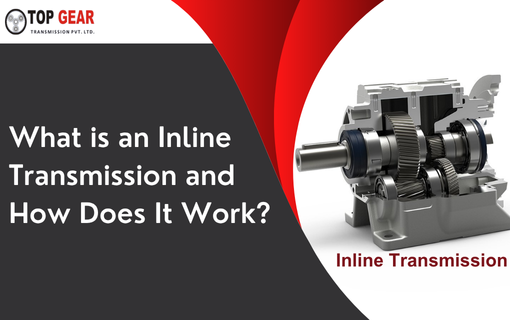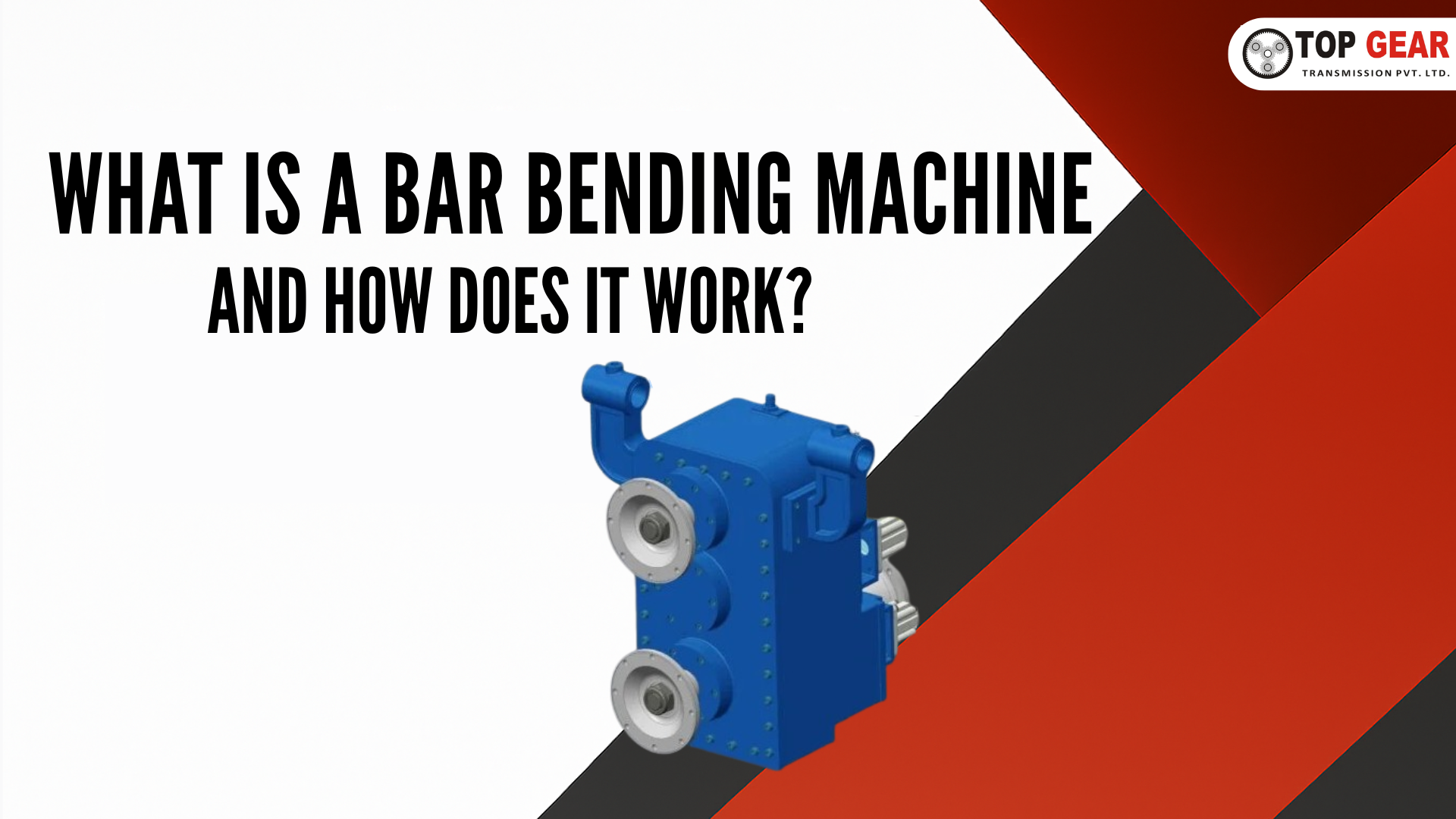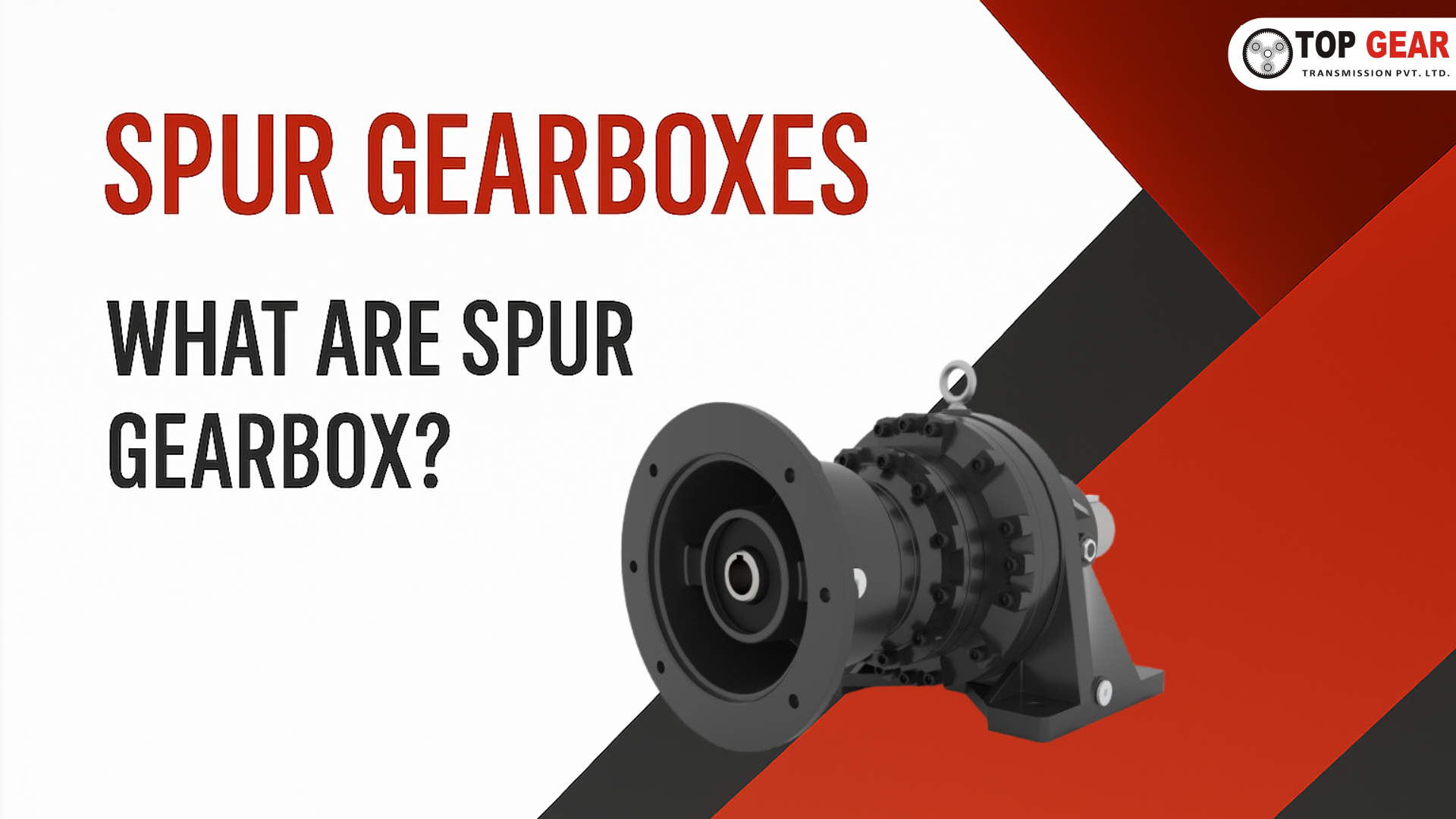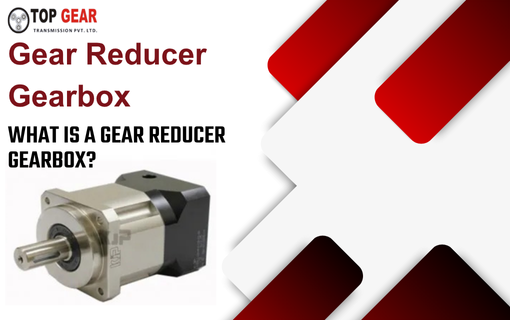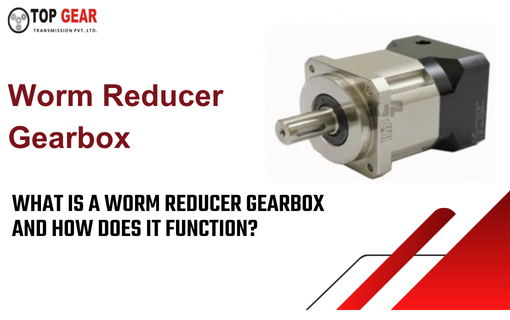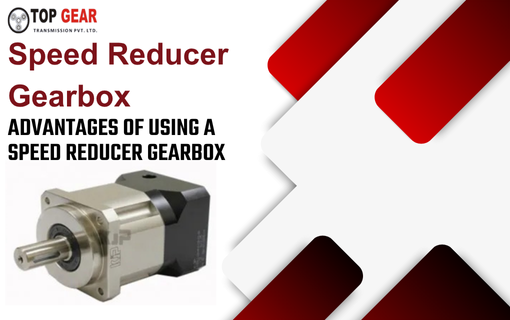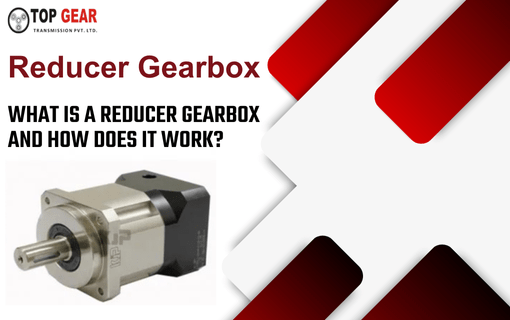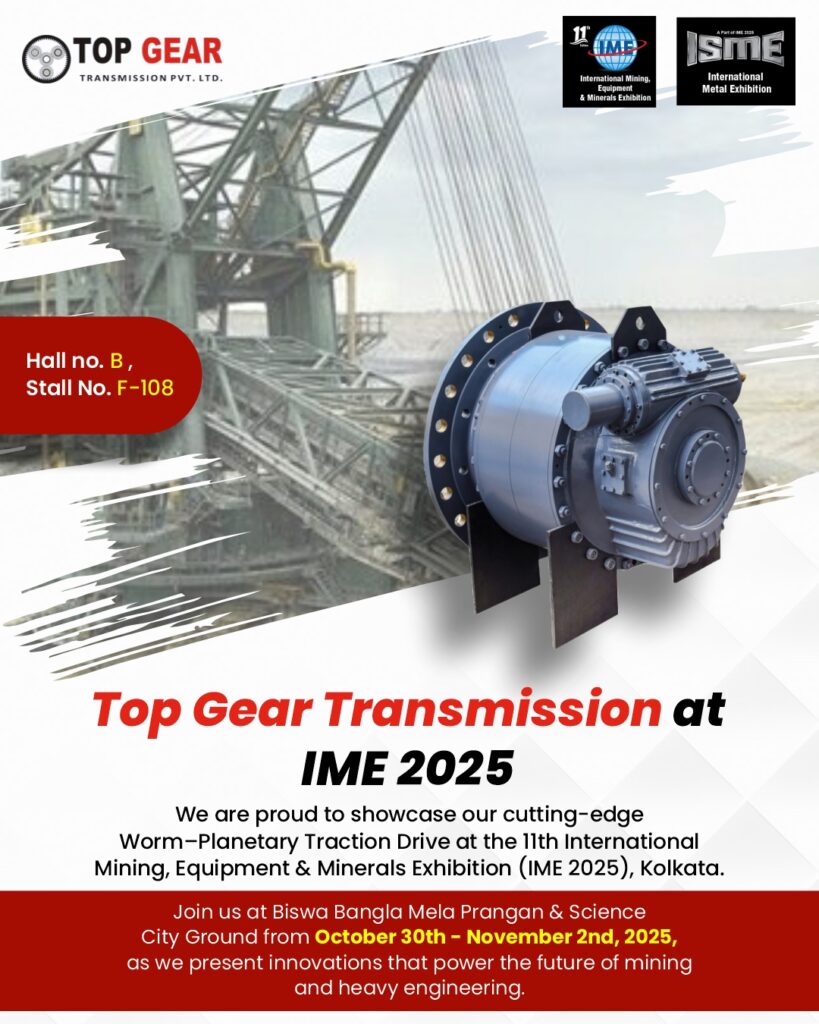Also called a longitudinal transmission, an inline transmission is a gearbox configuration type that has the engine and transmission aligned in a straight line from front to back, usually mounted longitudinally in the vehicle chassis.
It matters in the world of mechanical engineering and automotive design where efficient power transfer is among the keys to reliability, fuel efficiency, and performance. But how does inline transmission benefit automakers and how does it work? Let’s take a look.
Understanding the Concept of Inline Transmission
Inline transmission refers to the continuous, direct, and frequent physical transfer of power from one point to another. As mentioned earlier, it is a gearbox configuration type that allows the drive shaft to transmit power to the vehicle’s rear wheels or in all-wheel-drive systems to the front and rear axles. Inline transmission is different from transverse transmission where the engine and gearbox are mounted side-by-side.
This type of transmission powers linear power flow from the engine to the drive axle. Accordingly, automakers use it in rear-wheel-drive and all-wheel-drive layouts. You can see them commonly in SUVs, trucks, commercial vehicles, and performance cars.
Inline transmission offers unique advantages that make it an integral part of various automobiles. Let’s look at some of them.
Benefits of Inline Transmission
Automobile manufacturers leverage inline transmission for reasons, including;
- Increased Power Delivery Efficiency: Mechanical losses during transmission can deprive the wheels of mechanical power, ruining the vehicle’s performance. Although inline transmission doesn’t fully eliminate mechanical losses, linear configuration helps reduce them, ensuring wheels receive more engine power. The result is better acceleration and towing capability.
- Simplified Drivetrain Architecture: Inline transmission has the transmission, driveshaft, and differential aligned. Hence, it lowers the need for angular joints and intricate torque routing, simplifying maintenance and reducing failure risk.
- Better Weight Distribution: In inline transmission the engine and transmission are aligned front to back. This allows engineers more flexibility in balancing vehicle weight—crucial, a factor crucial for the performance of cars and trucks.
- Enhanced Cooling: Inline transmission is a relatively straightforward layout that allows better access to airflow, cooling the transmission. This is an essential factor for vehicles that operate in high-load or high-temperature environments.
- Improved Durability: Inline transmission proves to be more robust and heavy-duty. When you pair it with rear-wheel drive. This makes it ideal for vehicles that transport heavy loads or operate in more demanding setups.
Challenges Inline Transmission Helps Companies Overcome
Automobile designers and engineers often grapple with efficiency, performance, design, and experience. They strive to perfectly balance every aspect to deliver a remarkably performant vehicle product. Inline transmissions help them overcome challenges concerning vehicle design and performance. Here are some of them.
- Drivetrain Efficiency and Power Delivery
Inline transmission enables efficient power transfer from the engine to the wheels with minimal loss. It is due to its direct alignment with the engine and driveshaft that reduces mechanical complexity and power loss via fewer joints and angles.
- Weight Distribution
Another challenge for automakers is that of balancing vehicle weight for better traction and handling dynamics. When you use an inline transmission with a front-engine, rear-wheel drive layout, it helps distribute front-rear weight more evenly. This translates into improved vehicle dynamics.
- Torque Handling
Managing high power and torque outputs, particularly in performance or heavy-duty vehicles is often challenging. Inline transmission is usually more robust. Hence, it is more suited for high-torque applications. This makes it ideal for trucks, SUVs, and cars.
- Maintenance and Repair Challenges
Reducing maintenance and repair complexities are a couple of other challenges automakers encounter. Inline transmission helps address them with its simpler layout in some vehicles, particularly when the transmission is longitudinally behind the engine.
While we’ve now seen the advantages of inline transmission and the challenges it helps overcome, let’s see how it works to get a better understanding.
How Does Inline Transmission Work?
Inline transmission fundamentally does what every other transmission type does – managing torque and speed from the engine and supplying it efficiently to the wheels. But here’s particularly how inline transmission functions.
- Engine Output: The engine generates rotational power, transferred through the crankshaft to the clutch (manual transmission) or torque converter (auto transmission).
- Gear Engagement: The power is transmitted to gears within the transmission housing. These gears control the speed and torque provided to the drive shaft.
- Direct Power Flow: Inline transmission involves positioning the gearbox directly behind the engine, creating a straight-through path to enable power flow, and minimizing losses due to sophisticated gearing or angular shaft alignments.
- Driveshaft and Axles: The output shaft of the transmission connects to a driveshaft, transmitting power to the differential and then to the wheels.
Applications of Inline Transmission
The advantages inline transmission offers make it integral to the systems of various vehicle types, including the following.
- Performance Vehicles: High-performance sedans and sports cars for optimal weight distribution and handling.
- Pickup Trucks and SUVs: Inline transmission offers durability and torque-handling capacity in heavier vehicles.
- Off-Road Vehicles: Four-wheel-drive systems for better strength and articulation.
- Heavy-Duty Vehicles: Buses, trucks, and industrial machinery where reliability under load are imperative factors.
Wrapping it Up!
Inline transmission blends strength, simplicity, and efficiency to enhance vehicle performance and simplify maintenance. With over 25 years of experience, serving a diverse clientele, Top Gear Transmission has developed unparalleled expertise in custom inline transmission systems for the automobile sector. We leverage the latest technologies and have stringent quality check systems to deliver the quality automakers expect.
However, we don’t merely manufacture inline transmission systems but offer a comprehensive value proposition that involves everything from conceptualization to implementation and maintenance. Want to know more? Email us at sales@topgeartransmission.com.


